AI In Photography
Once again, I have not blogged for a long time. I often think of things to blog about when I’m on a photography roadtrip but find it difficult to actually sit down and capture those thoughts in writing. I obviously must try harder and make it an objective to finish 2023 with a monthly blog and continue that effort in 2024. We shall see. If you have any advice on helping me become more regimented about blogging please let me know.
One thing that is huge in photography these days that I could leverage for my blog posts is AI. I see adverts almost on a daily basis for doing that but I really don’t feel that is very personal and I’m not sure how I would transfer my thoughts in to a blog about my real experiences. Perhaps this will change in the future but for now I can assure you that all my blogs are typed by me and represent my current thoughts about my photography journey. However, I do believe AI will be a big part of not just photography but all aspects of life in our futures.
On that topic, I will confess that I have played with the new ‘generative’ AI capabilities in Photoshop. The possibilities are enormous and the feature does a really good job transforming a photo, if thats what you want, or need, to do. My own approach to using the ‘generative’ AI feature has been in one area, if and when needed, and that is the ‘generative expand’. This feature allows you to expand a photo by replicating and extending the edges. The use case where I have used this has been to give the subject in the photograph more breathing room. I personally feel this is an acceptable use case of AI for my own photography as I am not introducing brand new elements, subjects or artifacts just extending the edges.
So far, with my limited use, this has worked well and allowed me to recover a couple of photos that I felt were ‘tight’ and give them new life and a better overall composition. If you’re a purist you will probably say any use of AI is ‘cheating’ but my position is that it’s ok if you're using AI to correct a relatively small imperfection. In this respect, I feel it’s akin to using ‘content-aware remove’ in Lightroom which I am sure as photographers we have all done to fix an issue. But what are your thoughts on using AI in photography, is it going too far?
An area that I do believe needs to be addressed is recognizing and acknowledging if AI was used in a photograph or piece of art. I feel artists who use AI to generate images that they didn’t really capture, adding elements, artifacts, people, etc., should identify that in the meta data and especially if they are selling the image. Customers should know if the image was captured, or if it was created, and then they can decide if they still desire the image. Being clear up front is not only the right thing to do but it could create a new photography category, perhaps more aligned with ‘digital art’ so customers always know exactly what they are purchasing.
Again, there could be a fine line here just like the definition of Fine Art Photography, which can be very subjective. Perhaps you even consider the use of Photoshop and Lightroom to be ‘digital art’. At the end of the day art is in the eye of the beholder and there are many forms of art to choose from. As photographers lets just be clear on the use of AI in an image and not hide the fact, its going to be ok.
Well. I sat down to type this blog and wasn’t sure where I was going to go but I obviously have a current opinion on AI in photography. Don’t get me wrong, I’m all for AI especially when its used to benefit art or our own daily lives, I just believe as photographers we should be clear on when it’s used and not be evasive about it.
